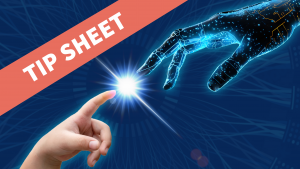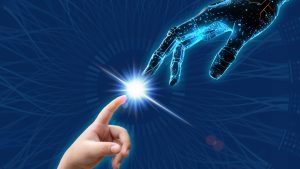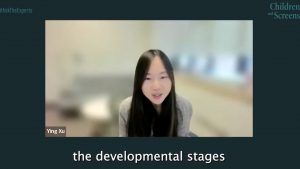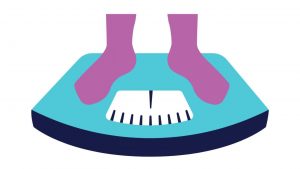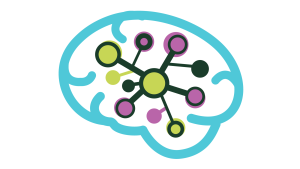
Generative Artificial Intelligence, or GenAI, is technology that can produce and understand content on its own in a manner that was once unique to humans. GenAI allows people to express themselves in new ways, automate complex tasks, and is even changing how people work.
Children and adolescents are exposed to GenAI everyday. Whether it’s through Snapchat’s “My AI,” GenAI-powered Alexa, Khanmigo, or ChatGPT and its add-ons, teens and even younger kids have a long list of GenAIs at their disposal, and they are using these systems in greater numbers every day.
But how does GenAI work?
GenAI “generates” new content without needing direct human input. It does this by learning from training data, such as human created content on the internet. When lots of data is processed by a smartly designed GenAI, that data becomes knowledge the GenAI can draw upon. GenAI can use what it learned during training to create something new, such as an essay or picture.
Key to what GenAI does is the idea of “prediction.” GenAI like ChatGPT, Grok, and Google’s Gemini (previously Bard) produce intelligent responses to a human’s input by predicting each element of its response based on the information it was trained on. Predicting things is also key to how human intelligence works. Our mind’s reliance on prediction is why you’d be surprised if you grabbed a doorknob and it felt like jelly, or how you can predict the word coming at the end of this…sentence. Prediction is part of many of the normal aspects of our mental life, and is also central to how AI works.
GenAI uses a special computer structure, called the transformer, to do its prediction. Transformers are a type of neural network, or computer structure based on how the brain works. They break down input sequences into smaller parts, process them in parallel, and then reassemble them to generate meaningful outputs.
GenAI comes in different forms:
-
- Large Language Models, or LLMs: LLMs, such as ChatGPT, are designed to understand and generate text, making them convincing chat companions and helpful work assistants. Like other GenAI systems, LLMs first train on a large set of data; in this case, language data from human text. LLMs then use prediction in language to generate text. LLMs may produce out-of-date responses as the set of data they are trained on becomes out-of-date, although plug-ins often allow LLMs constant access to the internet.
- Image Generators: Another form of GenAI is the modern AI image generator, such as DALL-E, the add-on to ChatGPT. Image processors work similarly to other GenAI, using prediction to flesh out an image. Image generator AI tools are trained on the vast array of images available on the internet.
- Recommendation Systems: Although somewhat harder to notice than LLMs or image generators, recommendation systems are increasingly powered by GenAI, and often operate below the awareness of users. These systems predict and guide consumer behavior by providing recommendations for products, content, or services reflecting user preferences and behavior. They are widely used in e-commerce, streaming platforms, and social media.
Artificial intelligence isn’t magic. It’s math that trains computers to do tasks….And while this technology is exciting and it’s powerful, it’s not perfect.

